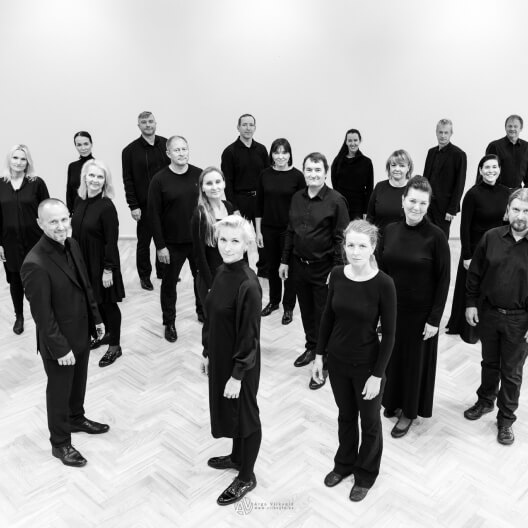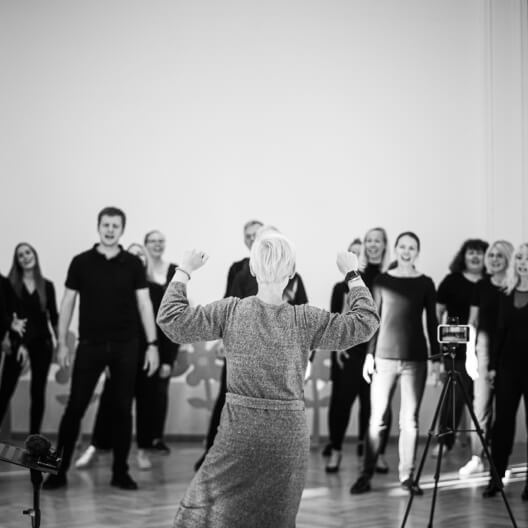We summarize this stormy and fiery year with W. A. Mozart’s “Vesperae solennes de confessore”, KV 339 and his 6 motets for choir and orchestra.
“Vesperae solennes de confessore” dates from 1780 and is written for soloists and choir, orchestra, and organ. It was Mozart’s last work, created during his time at Salzburg Cathedral. The audience is familiar with the wonderful aria “Laudate Dominum”.
Vespers was a traditional part of the Roman Catholic liturgy: the seventh of eight church services, celebrated at sunset. It was the only service at which the church permitted concert music. Vespers consisted of five psalms, a hymn, and culminated with the Magnificat (a hymn to the Virgin Mary).
Mozart was known primarily as an opera composer during his lifetime, but the influence of the operatic style is often felt in his other works as well. It is fascinating to listen to how Mozart adds operatic features to the sacred text of the song, while maintaining the required strict and correct spirit of the religious era. The operatic style is often introduced by the music entrusted to the soloists.
In Dixit Dominus, which is full of contrasts, juxtaposed styles, and musical complexity, the soloists perform previously heard musical movements in operatic style. The middle part of Confitebor is like an operatic scene, given over entirely to the soloists. In Beatus Vir and Magnificat, the soloists alternate with the choir. Soloists and operatic themes are absent only in the J. S. Bach-influenced Laudate Puer, which, in its simplicity, helps to prepare the pearl of the collection, Laudate Dominum, set in operatic aria form for a soprano soloist.
Performers:
The Veronika Portsmuth Choir Academy Choirs
Orchestra Ventum, conductor Edmar Tuul
Soloists:
Laura-Retti Laos (soprano)
Karis Trass (alto/mezzo-soprano)
Filipp Varik (tenor)
Olari Viikholm (bass)
Conductor: Veronika Portsmuth
Thanks for the support: Estonian Cultural Endowment, K-Print OÜ

